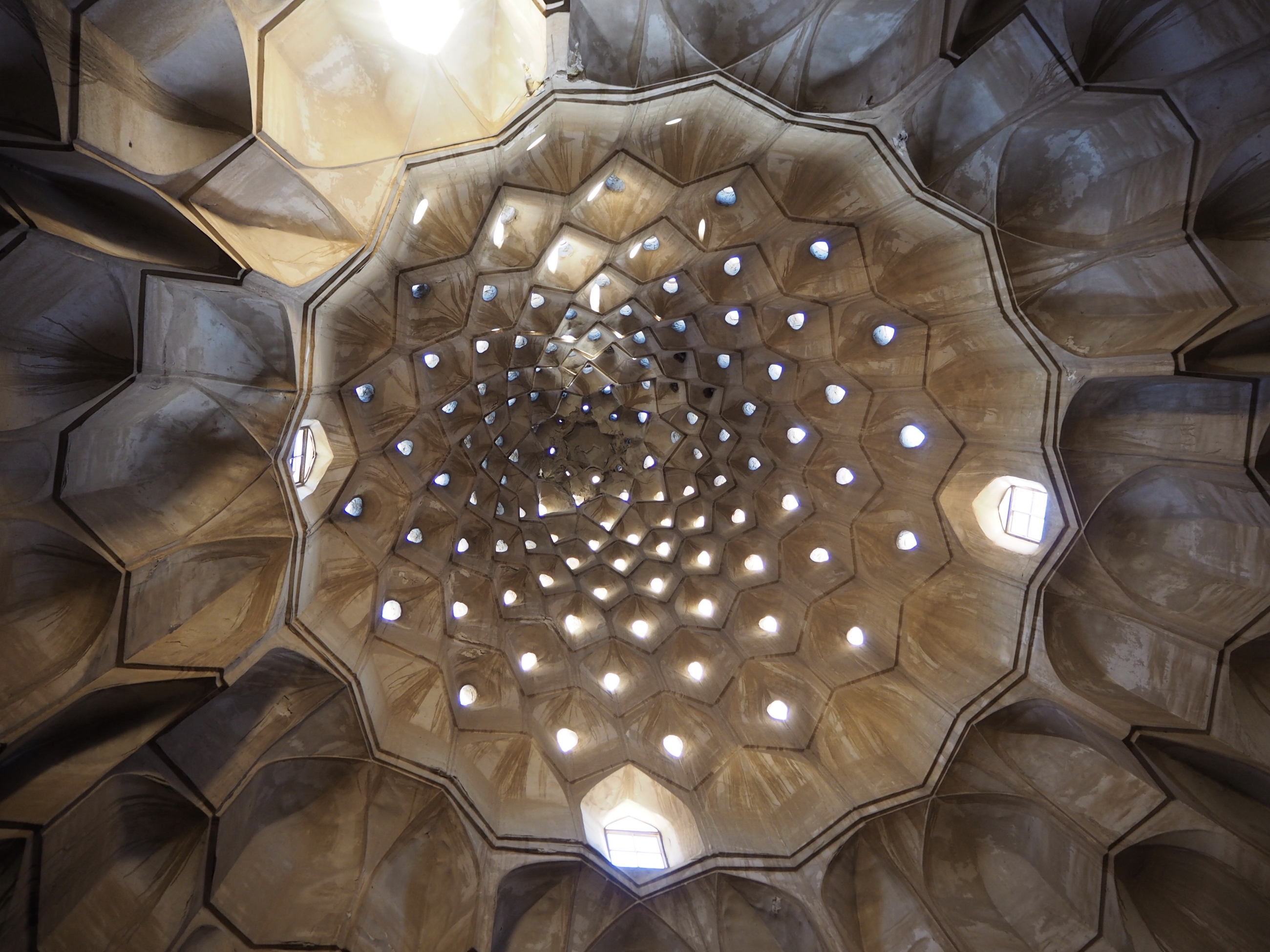
In pictures: Baghdad’s iconic mausoleums under threat
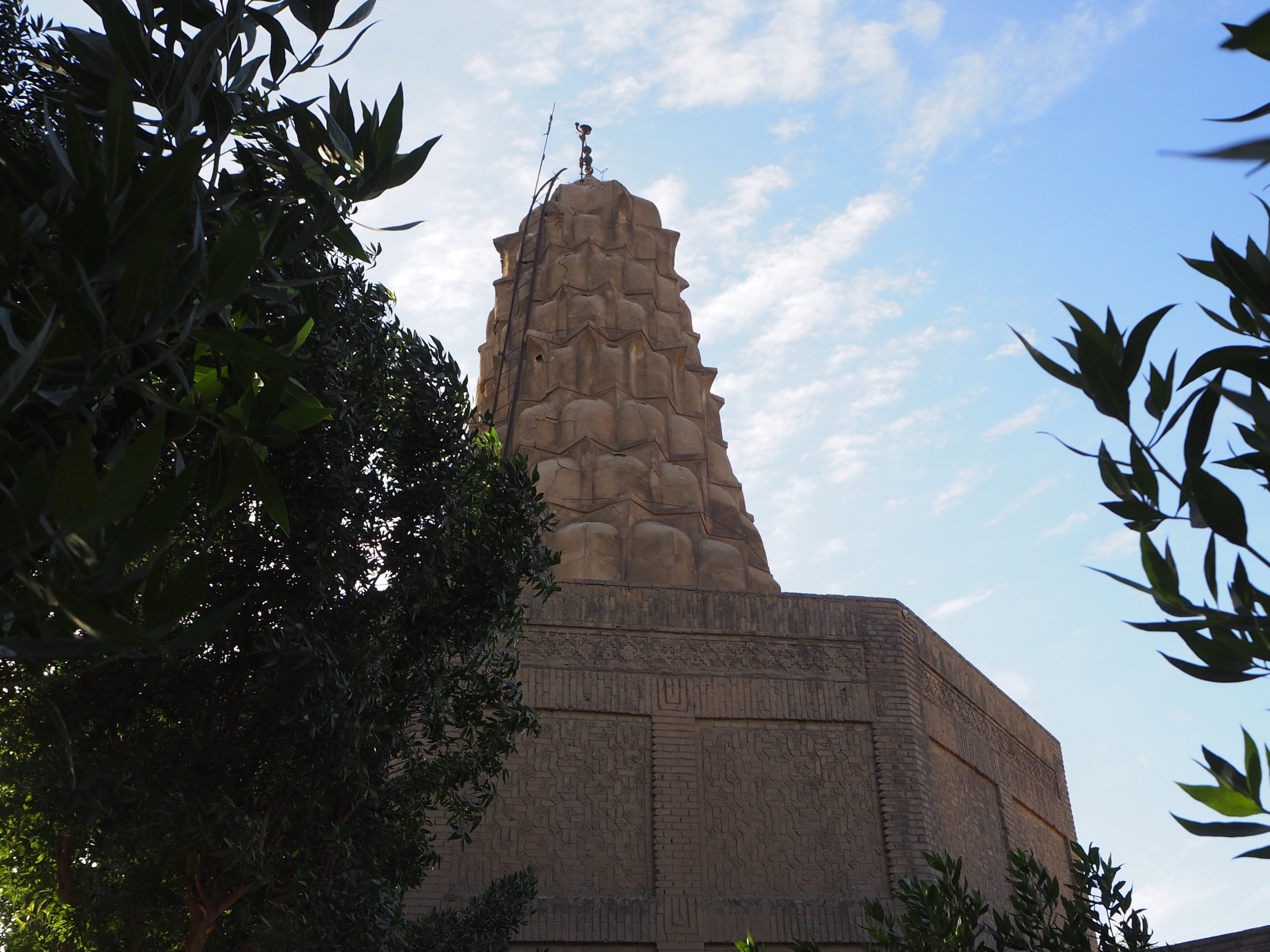
Iraq is home to dozens of old shrines, attracting thousands of pilgrims and visitors annually. However, after years of neglect, and the US invasion in 2003, many of these monuments have gradually fallen into disrepair, despite desperate attempts to save them. Right in the heart of Iraq’s capital, Baghdad, is the Sitt Zumurrud Khatun mausoleum, which features a unique stand-out tower. The monument is located within a cemetery and has a distinctive nine-layered muqarnas design, which is commonly seen in Islamic architecture. The monument is named after the wife of the Abbasid Caliph al-Mustadhi bi-Amirallah, who oversaw the construction of the building as well as many others in the city. (All photos by Tom Westcott)

Ibrahim, the caretaker of the historic site since 2008, told Middle East Eye that the location has been abused and neglected since the US-led invasion of Iraq in 2003. “They smashed the doors down,” he said, describing how American soldiers broke through the ancient wooden doors to access the tower, which gave them a wide-ranging view across the city. “The doors were over 200 years old, and they just broke them."

Although restoration efforts have been attempted over the years, with the last major renovation undertaken in 1972, the base of the tower has deteriorated. Today, visitors can see several iron bands circling the tower to support it, with visible cracks also showing on the plaster. According to Ibrahim, a star which used to top the minaret recently broke away, shattering into tiny pieces.
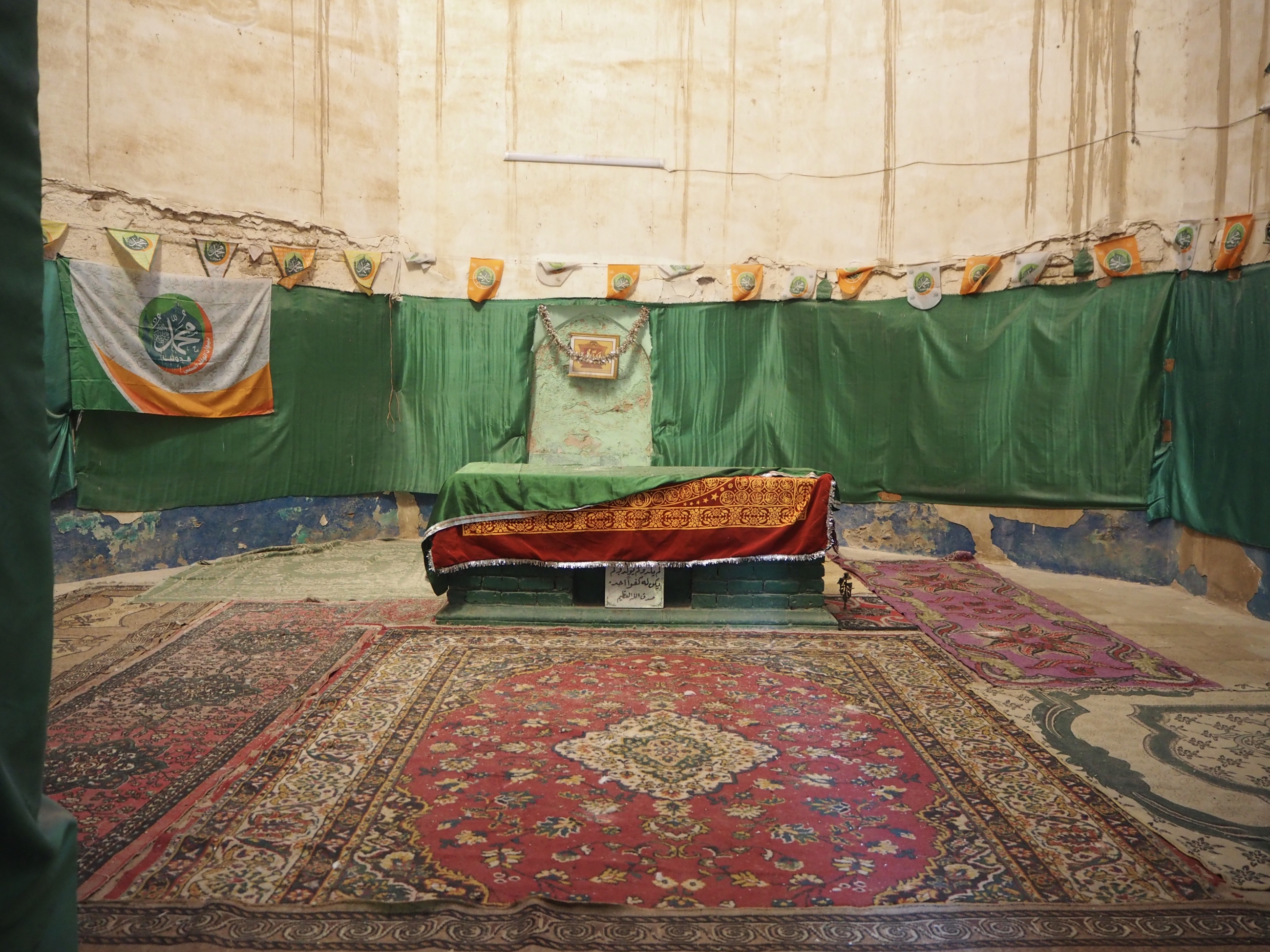
Khatun’s tomb has remained a revered place of spirituality and worship, particularly for the Sufi community. Every year, many people visit from India and Pakistan, embarking on a pilgrimage to the nearby shrine of the Sufi Sheikh Abd al-Qadir al-Jilani. “They arrive all day long, in large groups, bringing cloth, flowers and perfumes, and they stay until the night,” Ibrahim explained. Iraqis from neighbouring cities also visit to pay tribute to relatives buried on the site.
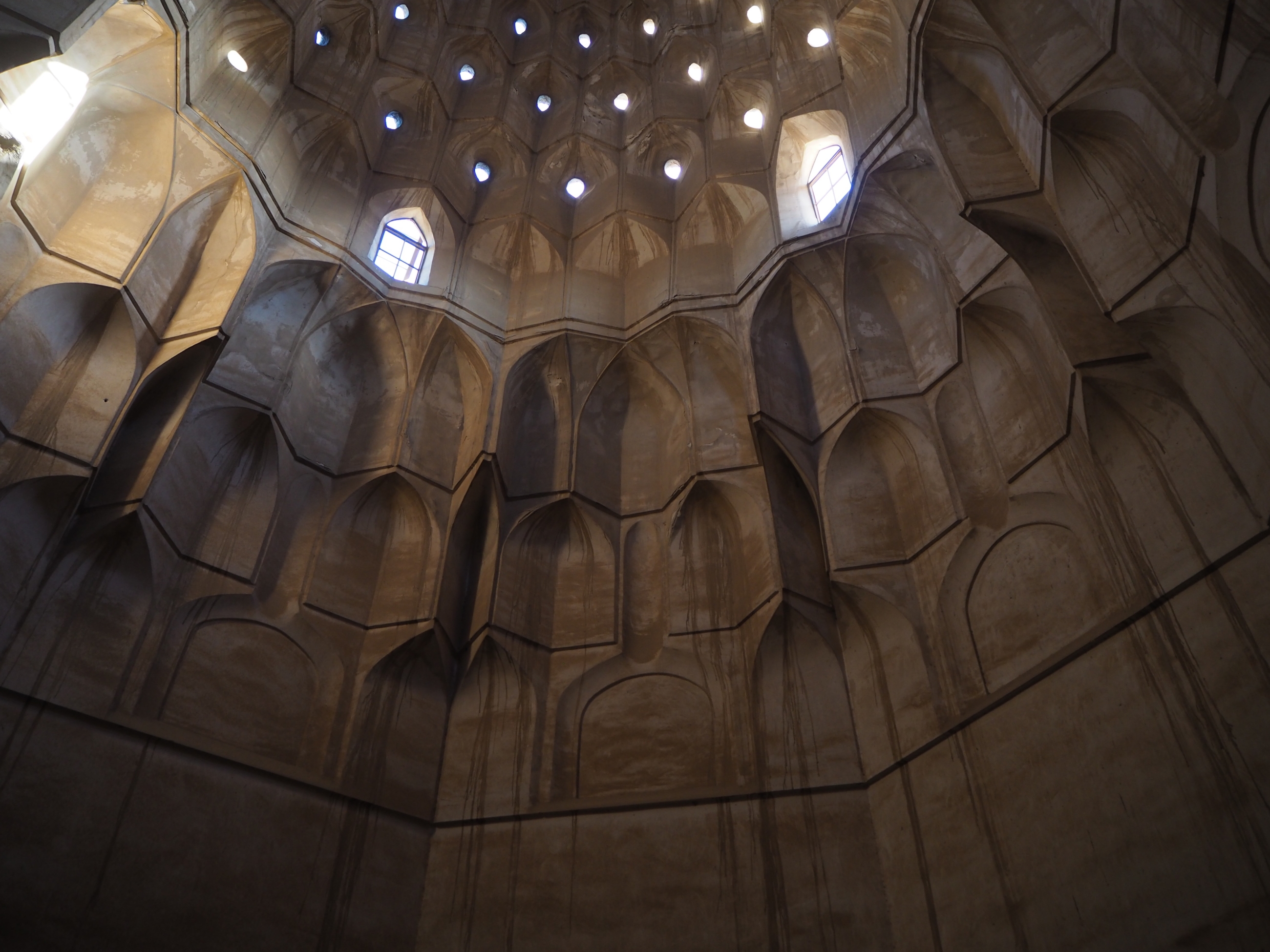
Visitors will often gaze in wonder at the interior of the tower. The sun can be seen pouring in through the skylights, from where ancient glass was stolen following the 2003 invasion. Ibrahim says the tower has largely been ignored, leaving it more dilapidated as time goes on. “The government and archaeological departments completely ignore this site. Sometimes foreigners will come and take measurements and stone samples and promise to help fix it,” he explained, disheartened. “I’ve nothing left to say. We need everything here, but no one does anything.”

Across the city, nestled among date palms and Baghdad’s ancient city walls, is another key historic site, which is now surrounded by scaffolding. The mausoleum of Shihab al-Din Abu Hafs Umar Suhrawardi is one of the oldest in the city. The shrine has fallen victim to the corruption which was rife following the invasion of Iraq in 2003. The equivalent of $1m earmarked to repair the leaning tower was allegedly all spent after a few months’ work, which included erecting scaffolding and knocking a hole in the side of the tower to inject a product to prevent further leaning. “They worked for two or three months and then left, but you could demolish this and rebuild it from scratch for $1m,” the mosque’s Imam, Kamal Abd al-Mutalib Hashem, told Middle East Eye. “They came to make the tower straight, but they made a hole in it. This is not construction but destruction.”
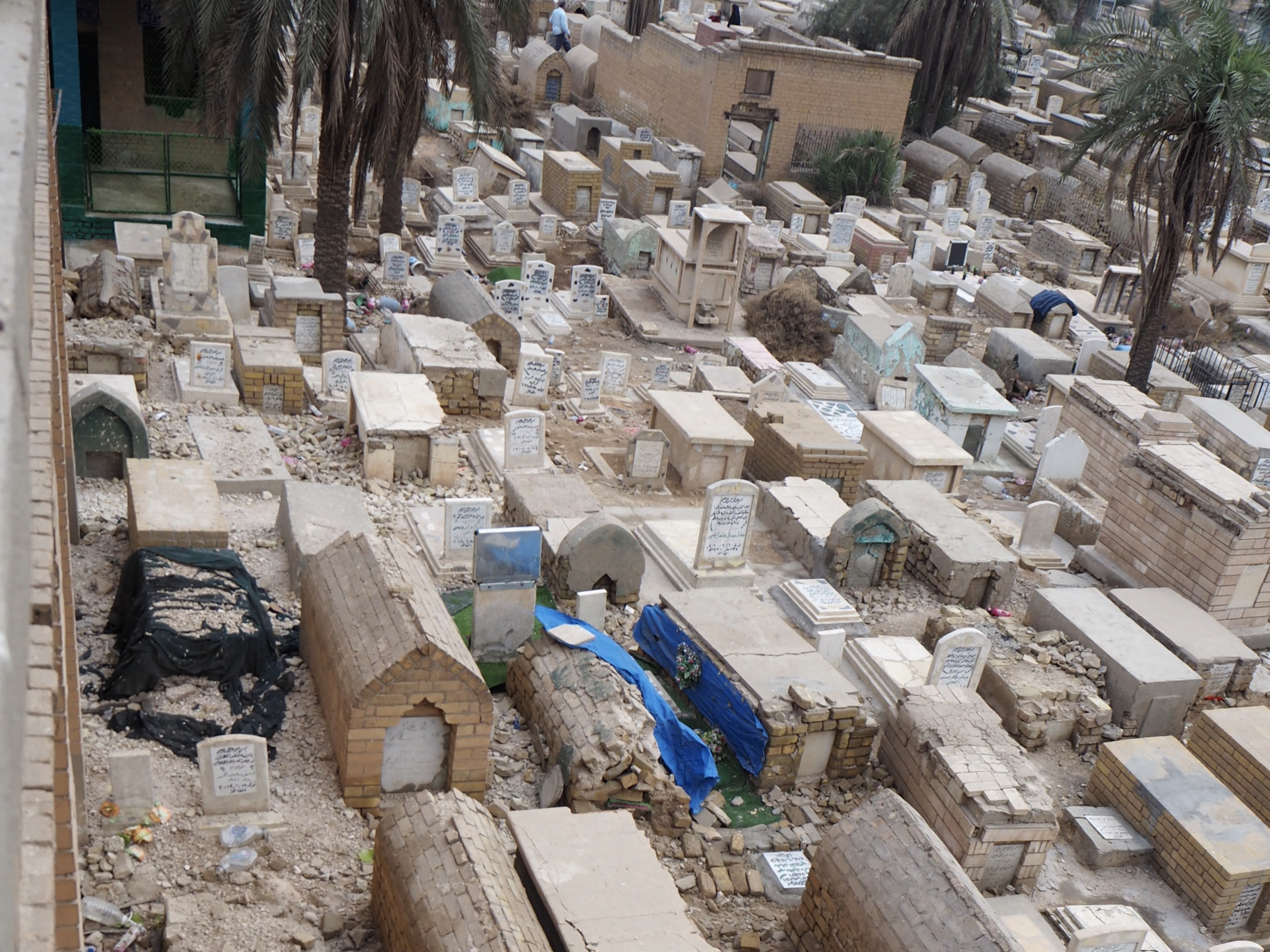
On the outskirts of the mausoleum’s tower is a densely packed graveyard, where tombs jostle for space and have caused subsidence, making the tower's tilt more pronounced and damaging the brickwork. Regulations prohibiting graves being built within five metres of the walls have been ignored.
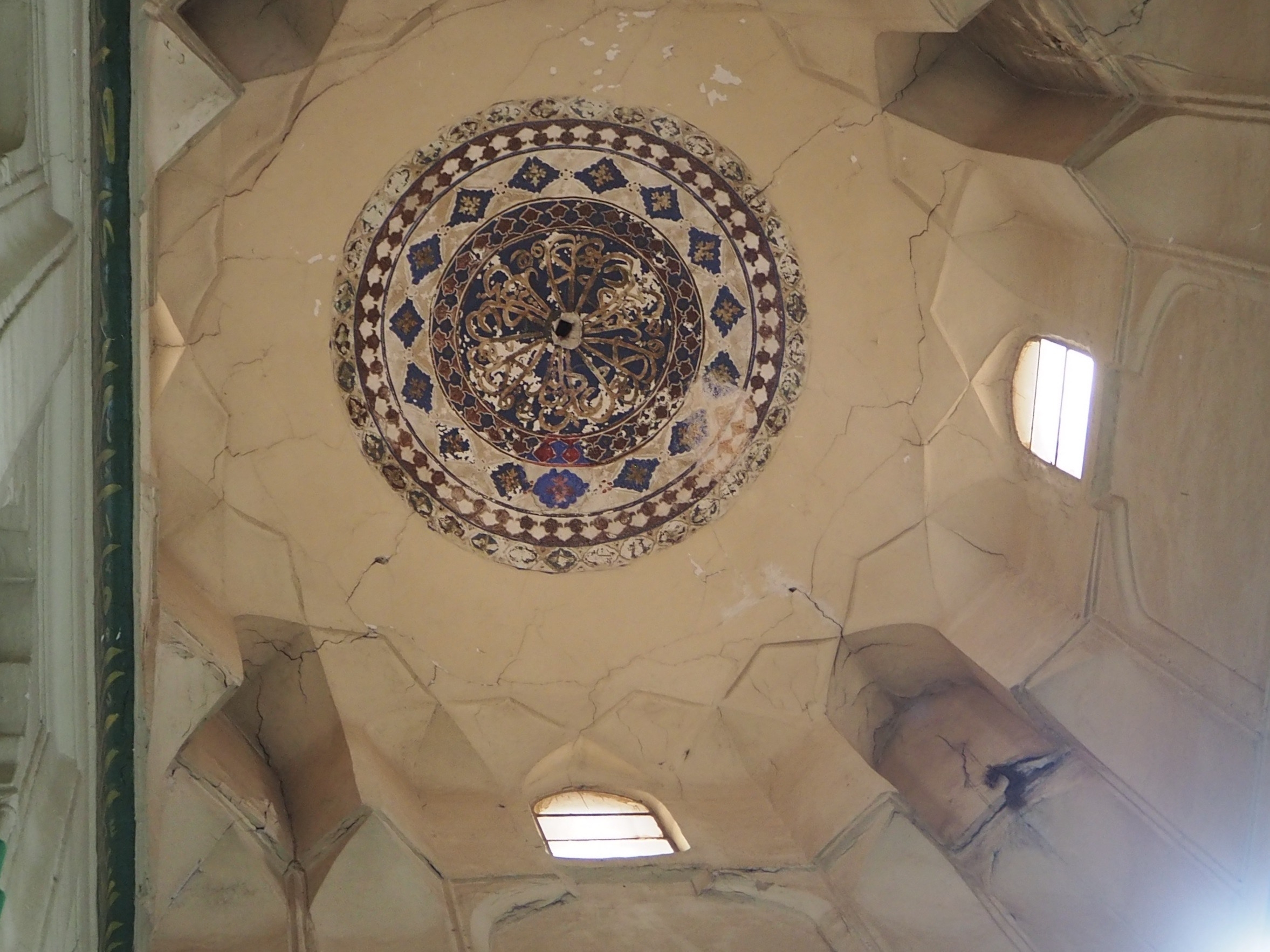
The tilt in the mausoleum’s tower is damaging, and has caused deep cracks in the interior walls, where a once beautiful painted ceiling emblem is now fading and flaking. After a recent inspection, workers promised to soon dismantle the external scaffolding. “They’ll take it down having done nothing of any significance or permanence,” Hashem said. “They said they will erect scaffold inside, to fix the tower internally, but I very much doubt they will complete this work. They’ll probably just take down the scaffold and leave.”
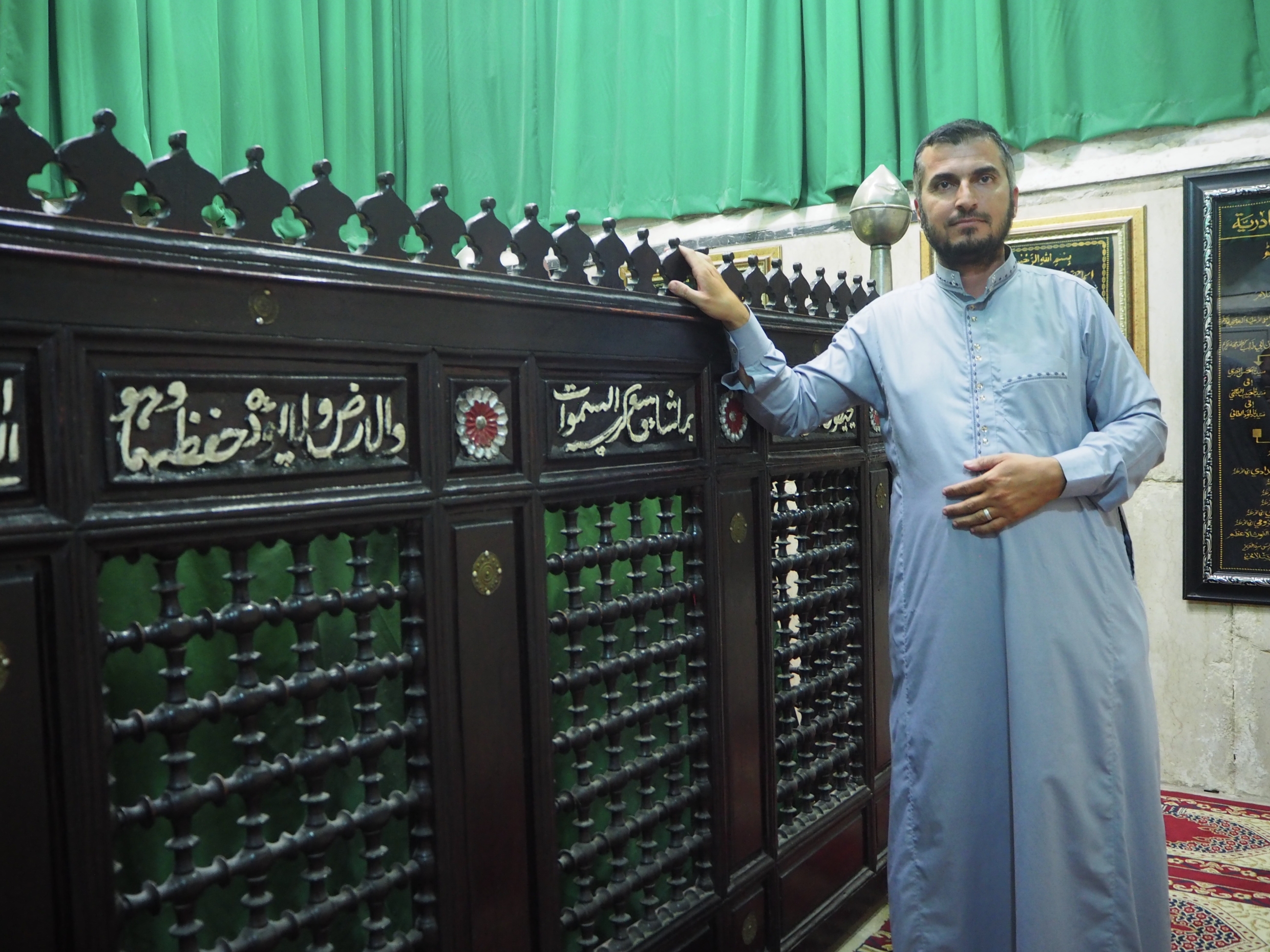
Every year, pilgrims from India and Pakistan following the Suhrawardiyya pathway of Sufi Islam, visit the shrine where a wooden tomb houses the body of Sheikh Umar himself. Devotees spend considerable time in the shrine, singing, reciting prayers and covering the tomb with special cloths, according to Hashem. He believes one of the reasons for the neglect of the shrine and its leaning tower is because the Suhrawardiyya pathway, a Sufi order founded by Suhrawardi, has almost no followers in Iraq.

A Kufic-style inscription above the shrine’s entrance, tucked away in a corner of the mosque, tilts with the tower. “The Abbasid era, when this mausoleum was built, was more than 700 years ago, but I don’t think anyone here really cares about this site,” Hashem said. “But I’m sure if this mausoleum was in Europe, it would be really well looked after.”
Middle East Eye delivers independent and unrivalled coverage and analysis of the Middle East, North Africa and beyond. To learn more about republishing this content and the associated fees, please fill out this form. More about MEE can be found here.




